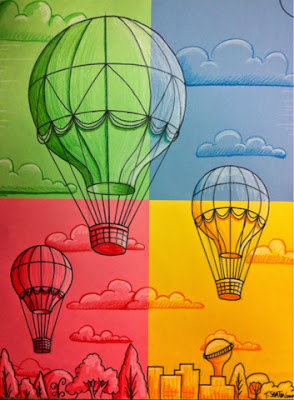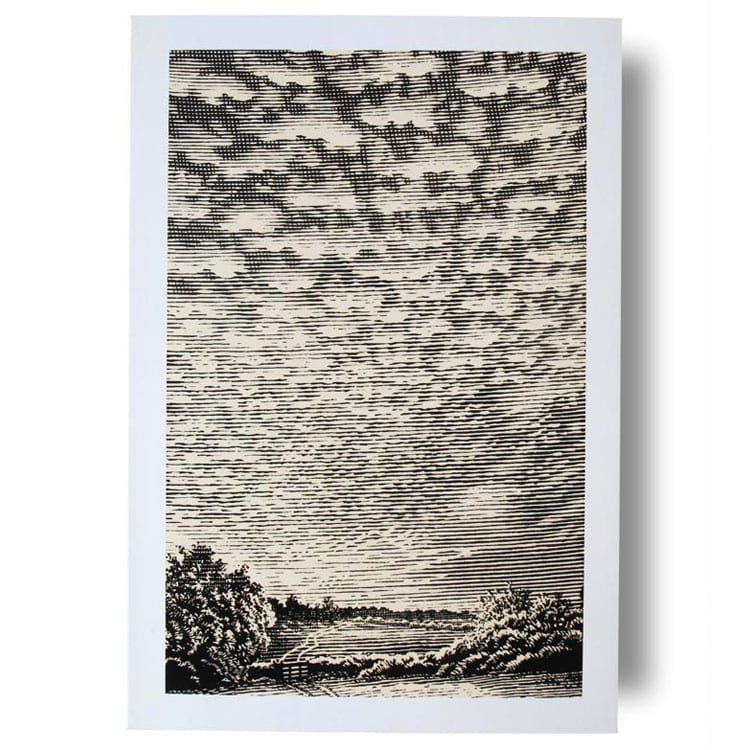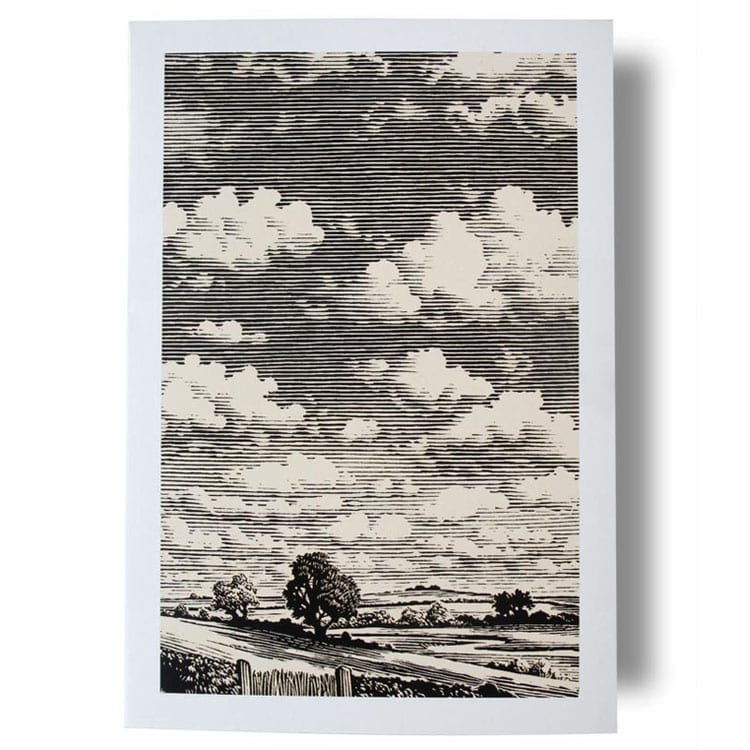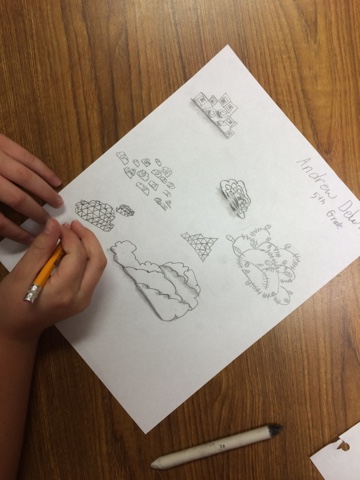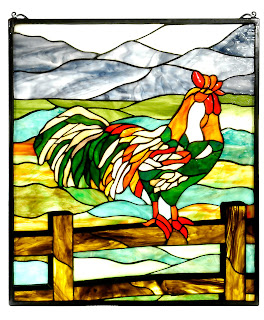We talked about the differnt types of clouds to get "artsmart" before we flipped the switch to creative.
We watched this 5 minute video to get sm"art" about cloud types...
After studying the clouds scientifically, we look at them artistically.
We look at artist that use clouds as a focal point of thier designs.
Bill Sanderson
(above)
EloiseRenouf
(above)
10 Types by
Tabitha Morgan (Me)
(Below)
By Tabitha Morgan cloud study
(manilla paper, black marker & tan colored pencil)
I have the kids use bith scentific based design and some creative abstract design for their clouds.
I have them draw 10 clouds (at least) on paper, trace them with black marker, and shade them with a medium color (pencil with a blendy stump or colored pencil)
Before we begin the landscape, I have the students play with cloud designs.
They have to draw 10 totally differnt types of creative clouds.
Brianna, Summer, Innata, ? & Ava
Practice with pencil, marker, and
blendy stump.
----------------
Begin desert landscape
cloudy Desert
Make horizons me low in order to focus on cloudy sky. Use an interesting perspective by slanting horizon line.
Continue lightly drawing lines upward beyond horizon. These will be guidelines for the cloud bases.
Draw in tops of desert life at bottom of paper. Draw in distant desert on horizon line.Clouds must be smaller if they are closer to horizon line. Clouds must be bigger if they are further (top of paper).
----------------------
Monochromatic
Cloudy Desert
-----
Mrs. Elijah's 5th grade
James, Anonymous & Elissia
----------
Mrs. Hall's 4th grade class
Matthew, kelly & Violet
------------
Mr. Cramer's 4th class
LeAnne & Amanda
-------------
Mrs. Blankenship's 5th grade class
Mrs. Clanton's 4th grade class
(Below) Mara, Andruw, Anonymous...
This is How you do it...
Mariah & Jade.
Donte, Arnez, Cole & Michael
Choose your paper color.
Draw your low horizon line and landscape at bottom of picture.
Draw clouds in shy (bigger are higher and smaller are lower).
OUtline landscape with black marker.
Outline clouds with the marker that is the same color as your paper.
Use white colored pencil or crayon to highlight objects in picutre according to light source.
Use a colored pencil or crayon of the color you chose to add shading according to light source.
Add detail in the landscape to make it appear closer.
I used multiple colors as an example to show what it looks like to shade & highlight on colored paper.
After tracing with marker...
After shading & highlighting.
I have done this monochromatic picture with 5th grade before and it turned out amazing.
Click here and scroll down to bottom to view student examples...
Monochromatic Landscapes
And here too
